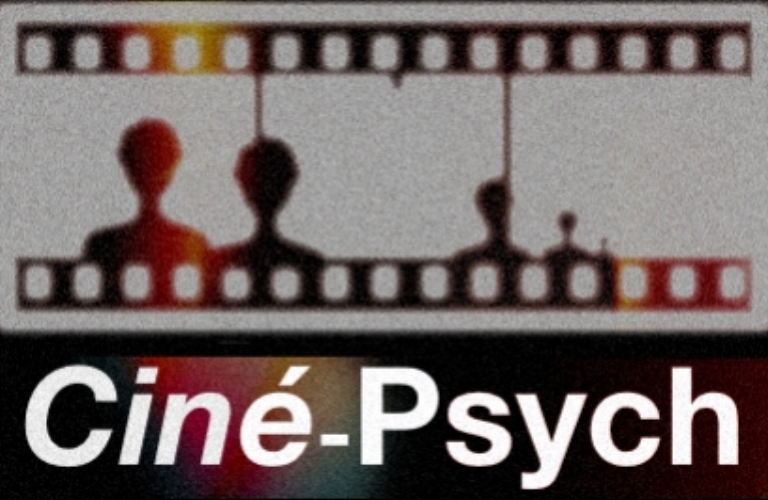taxi driver (1976) | dir. Martin Scorsese | USA
Reviewed by Morgan Glass
Synopsis
Ex-Marine Travis Bickle (Robert De Niro) takes a job as a taxi driver in 1976 New York. Increasingly exposed to the city’s depravity, his mental stability begins to deteriorate as he embarks on a quest for fulfillment and meaning.
Stylistic Elements
Stylistically, this film is a scathing portrayal of place and time – New York City, immediately following the Vietnam war. Director Martin Scorsese presents a New York City filled with inhabitants driven by self-interest, hatred, and distrust. This atmosphere is largely achieved using brief shots of violence, often observed by the protagonist. These are presented as ‘slice of life’ sequences, giving the viewer the impression that these horrific happenings are commonplace. These scenes are followed by orchestral music, which swells to support the building tension.
The dark tone is amplified by pale, dim shots, created with low lighting and colour de-saturation. Scorsese uses light sparingly to highlight essential elements in frame, such as a character’s eyes. There are in fact many shots of Bickle’s eyes in the taxi’s rearview mirror. These shots force the audience to view Bickle from the back-seat passenger’s perspective. This is effective in creating anxiety, as the audience – itself a form of passenger – uncomfortably watches his story unfold.
Scorsese also uses a mirror-based perspective in the famous scene in which Bickle examines his appearance, as he tries on guns and holsters. This powerful shot allows the audience to see Bickle from his own perspective. In this moment, he sees himself as powerful and dangerous, and so too does the audience. This shot also encourages the audience to consider Bickle’s own increasingly distorted view of himself and his world.
Characters
Despite so many rearview mirror shots featuring only his eyes, Robert De Niro expertly manages to convey his character’s intensity. Overall, De Niro offers a deft portrayal of Travis Bickle, as he slowly crumbles under the weight of severe sleep deprivation, probable amphetamine misuse, possible pre-existing mental illness, social ineptitude isolation, and implied historical trauma. The consequences of this constellation of predisposing and precipitating biological, psychological, and social factors are realistically depicted, as Bickle becomes increasingly unstable and detached from reality. This manifests behaviourally, as he struggles to cope with the tedium and subjective pointlessness of his daily life. While no specific mental illness is named, a case can certainly be made for psychotic, mood, personality, or substance-related diagnoses.
The character of Iris is brilliantly written. Particularly, her disbelief that her pimp might speak callously about her, demonstrates the degree of psychological control that an abuser can have over their victim. This character’s complexity is expertly portrayed by Jodie Foster, who was only 12 years old at the time of filming.
Narrative Quality
Writer Paul Schrader’s story largely consists of Bickle’s emotional experiences and interpersonal encounters. While these can seem superficially disjointed, they are unified by the impact they have in progressively shaping the protagonist. For the most part, these events realistically present what might be experienced by someone who is desperately seeking to imbue his life with meaning, but who painfully lacks the interpersonal skills necessary to establish and sustain the fulfilling relationships he desires. Particularly salient, is the fact that he is initially able to intrigue a potential love interest with his intensity and forwardness. However, he ultimately scares her away when she realizes that he quickly escalates into aggression when rebuked.
The ending, where Bickle is revered by the press for vigilantism, is a firm commentary on the dichotomy of society’s interpretation of violence as justified or unjustified, as well as the media’s view in shaping a narrative. That said, it seems to be a somewhat unfitting and unrealistic representation of what is likely to occur when someone is so mentally ill and vulnerable. However, this is somewhat offset by the closing shot of the film, where an apparently content Bickle is again triggered into irritability by something he sees off screen, suggesting that he remains fragile and inherently vulnerable. This works to re-ground the plot in the realism it previously maintained.
Emotional Impact
Schrader, Scorsese and their host of excellent actors, effectively create a persistent feeling of unease as we watch Bickle unravel. This baseline level of discomfort prevents the pacing of the film from ever feeling slow. The film also provides a nuanced protagonist, toward whom the audience can feel a complex combination of sympathy and disgust. Particularly with a character this violent, this is an impressive feat.
Educational Score
This film offers a highly sophisticated exploration of the synergistic interaction of biological, psychological, and social factors in determining an individual’s behavioral, cognitive, and emotional health. This degree of realism, nuance, and sensitivity is not often achieved in mainstream film depictions of mental illness. Kudos to the creative team for this accomplishment. If not for the ending, which seems to be more in favour of promoting suspense than maintaining realism, this film would have a perfect educational score.
Score: 9/10.
